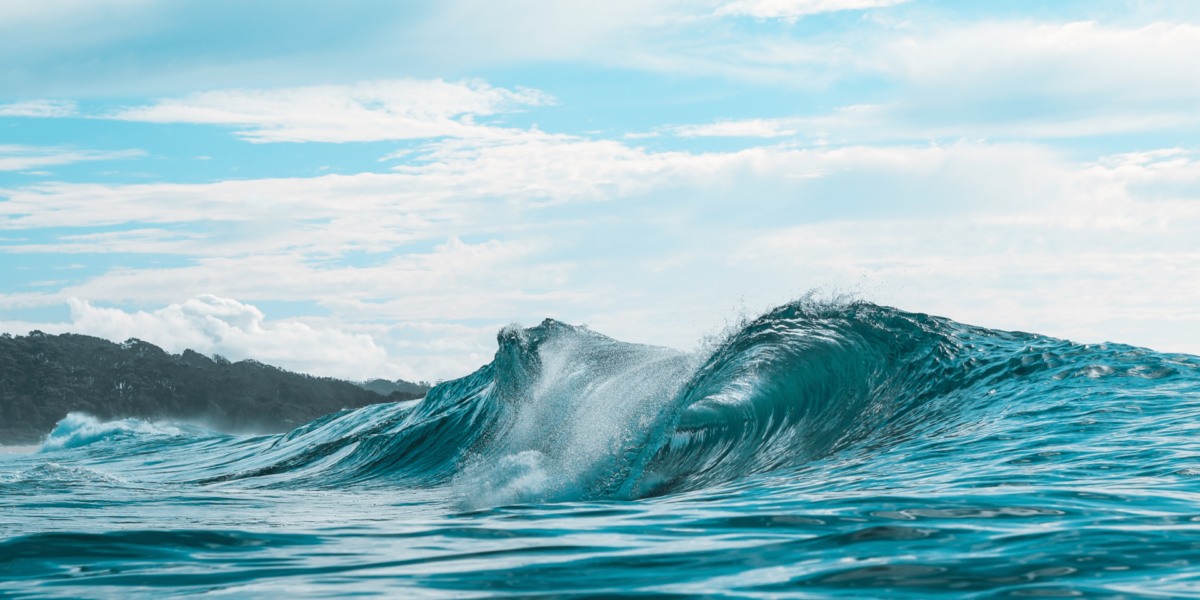Simplicity Strengthens the Connection Between Design and Landscape
In well-designed outdoor environments, simplicity does more than reduce clutter—it creates space for focus. When designers choose minimal visual elements, they allow nature to take center stage. The result is a setting where visitors engage more deeply with the environment because the design guides their attention without distraction.
At Pamela Beach, the landscape speaks for itself. Framing decisions—such as how paths curve, where seating is placed, and how materials are chosen—quietly shape how people see and move through the space. These intentional choices support a clear, calm experience that feels natural without being accidental.
Minimal Forms Direct Attention Without Interruption
Simplicity in form doesn’t mean a lack of design—it means refining what exists to its clearest expression. Straight lines, open views, and clean edges help frame the landscape without competing with it. Built elements fade into the background, encouraging the eye to focus on sand, water, and sky.
A visitor walking along a gently curved boardwalk senses direction without effort. The boardwalk doesn’t stand out, but it shapes how the environment is seen. This quiet visual logic helps the natural world become the main subject of the scene, not just its backdrop.
Natural Materials Reinforce Visual Continuity
The use of natural materials plays a critical role in maintaining a simple, unified aesthetic. Wood, stone, and sand-toned finishes blend with the surrounding landscape. These materials age with grace, develop texture over time, and reflect light in a way that supports visual harmony.
A structure made of untreated wood fits into the coastal setting without drawing attention to itself. Visitors feel comfortable moving through the space because nothing feels artificial or out of place. The material language aligns with the environment and reinforces the larger message: this place is meant to be seen, not controlled.
Open Sightlines Support a Sense of Scale
Simplicity often begins with what is removed, not what is added. When designers avoid visual obstacles—like tall walls, excessive signage, or bold color contrasts—they protect the view. Open sightlines allow visitors to see across space, understand its rhythm, and find moments of perspective.
At Pamela Beach, low-profile seating and shade structures maintain visual access to the shoreline. The openness invites a deeper sense of presence. Visitors don’t just look at the beach—they feel within it. This visual transparency supports emotional clarity and ease.
Framing Devices Bring Focus Without Clutter
Strategic framing turns views into experiences. A cutout in a wall, a break in a hedge, or a narrowing in a path can guide vision with precision. These framing devices highlight the landscape in ways that feel subtle but powerful, offering moments of quiet visual impact.
A narrow passage opens into a wide vista. The shift in scale sharpens attention. These spatial contrasts act as punctuation in the landscape, slowing the pace and inviting observation. Simplicity doesn’t eliminate design—it sharpens its purpose.
Restraint Enhances the Impact of Each Element
In a simple environment, every element must justify its presence. Each bench, post, or planting contributes to the whole. This restraint encourages careful editing and intentional placement. Nothing is added unless it strengthens the experience.
A single tree planted in an open area becomes a point of visual and emotional focus. Because the space around it is open and uncluttered, its form becomes more meaningful. This design approach respects both the viewer’s attention and the integrity of the landscape.
Visual Rhythm Comes from Repetition and Space
Simplicity finds strength in rhythm—repeated shapes, even spacing, and balanced contrast. When these patterns appear in the built environment, they support movement, wayfinding, and a sense of calm. Visual rhythm makes spaces feel predictable in a good way, reducing cognitive load.
At Pamela Beach, path lighting, steps, and railings use consistent spacing and shape. These repeated forms help guide the eye and the body without the need for signs or instructions. Visitors follow the rhythm and understand where they are going by how the space feels.
Design Aligns with Natural Light and Shadow
Simplicity extends into how design interacts with changing light. Structures that catch morning sun, cast soft shadows, or allow breezes to pass through do more than provide shelter—they become part of the landscape’s natural rhythm. Design choices account for time, season, and atmosphere.
A slatted wooden structure casts striped shadows that shift with the sun. These changes become part of the visual language of the place. Visitors experience light not just as illumination, but as motion, shape, and story.
Noise Reduction Begins with Visual Clarity
Visual simplicity supports auditory stillness. When the eye is not overwhelmed, the mind settles. This clarity allows natural sounds—wind, waves, footsteps on gravel—to stand out. Design that avoids visual chaos contributes to the overall quiet of a space.
Pamela Beach’s clean lines and soft color palette create a visual calm that mirrors the soundscape. Visitors don’t feel the need to speak over background noise or distraction. Stillness becomes a part of the design, supported by every visual cue.
Every View Is Considered, Even in Motion
Simplicity benefits moving experiences as much as stationary ones. As visitors walk, bike, or pass through, their changing viewpoint requires a design that adapts without confusion. The visual field must stay legible and consistent even while in motion.
Paths curve gently, views open gradually, and transitions between materials feel smooth. The movement feels intentional because the design anticipates it. This flow is made possible by simple, thoughtful planning that favors alignment over decoration.
Simplicity as a Design Strategy
Framing nature with intention means using simplicity as both a method and a message. It shows trust in the landscape’s power and relies on careful placement rather than excessive detail. At places like Pamela Beach, this approach makes the natural world feel more immediate, accessible, and alive.
Simplicity isn’t about doing less for its own sake. It’s about doing what matters, placing what belongs, and removing what distracts. Through this lens, every decision—form, material, line, space—helps people see more clearly, breathe more deeply, and stay a little longer.









